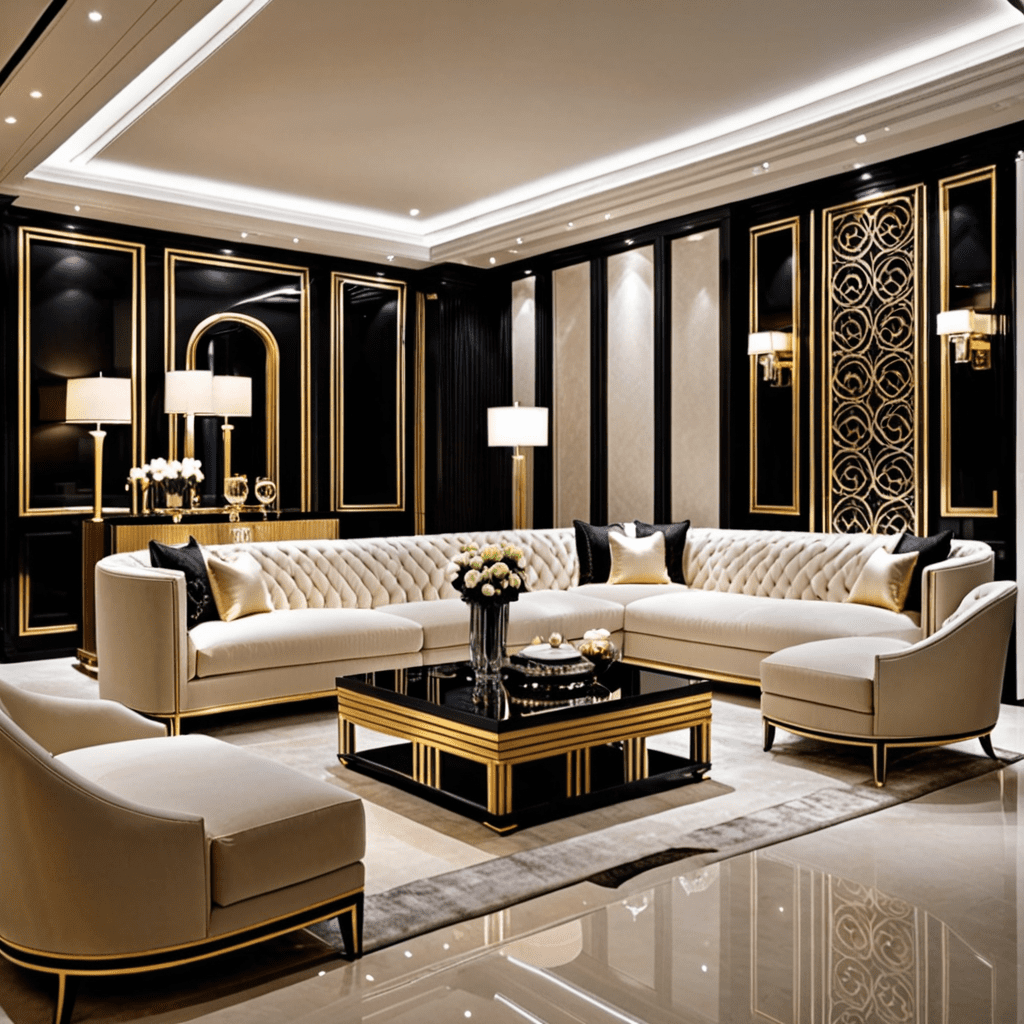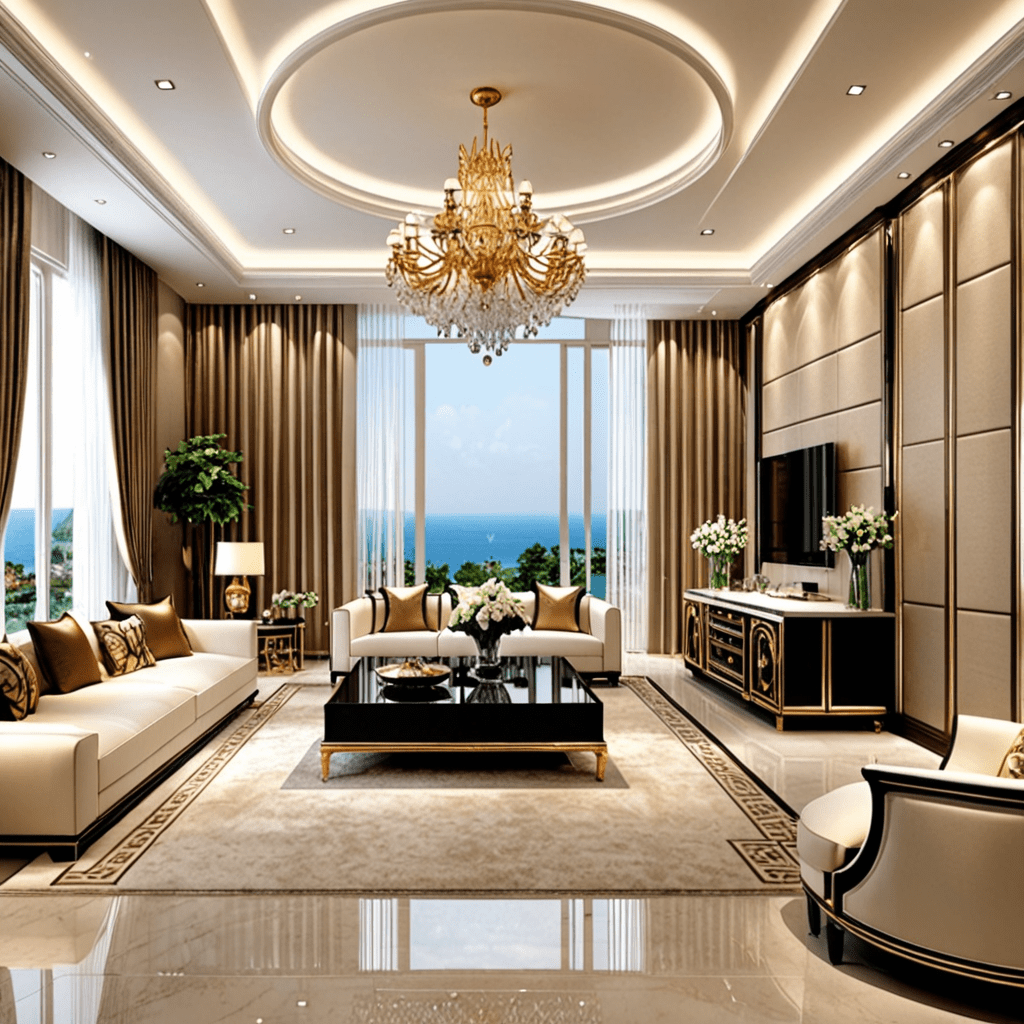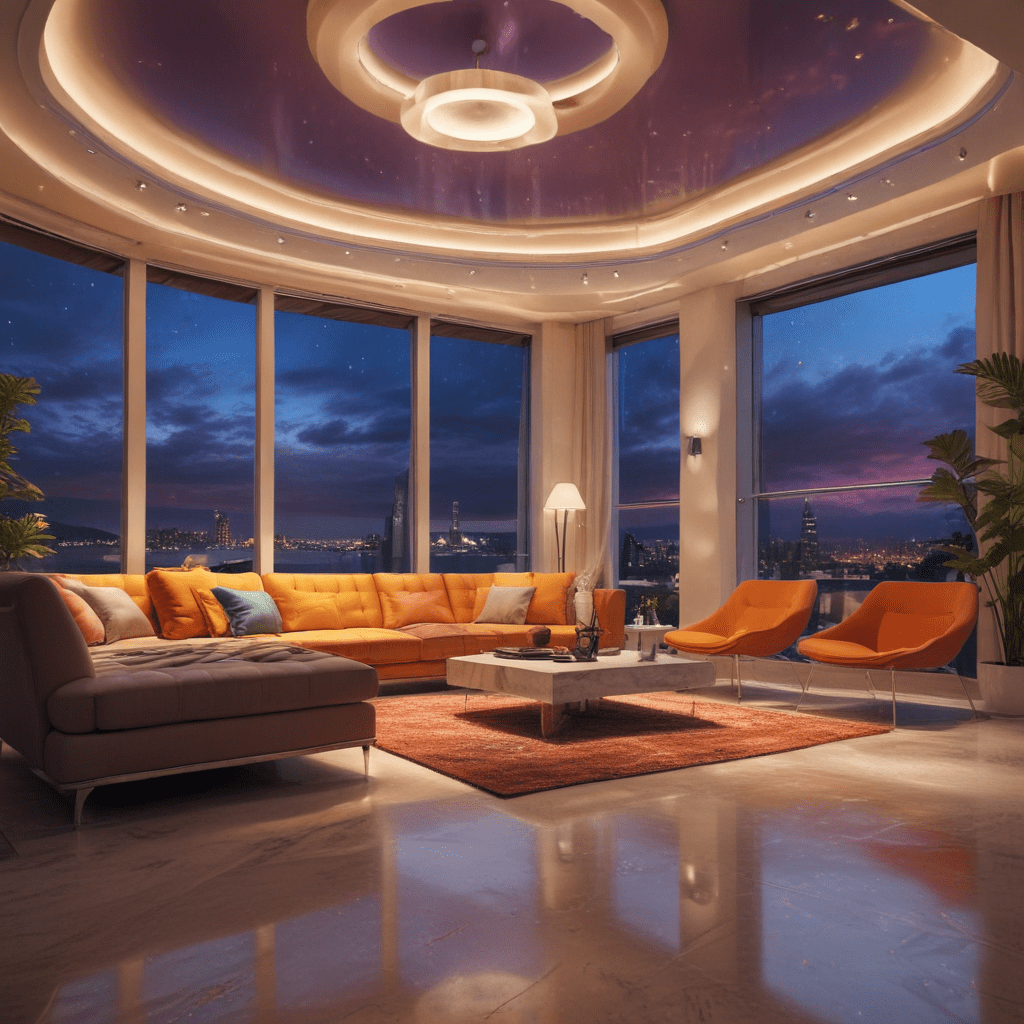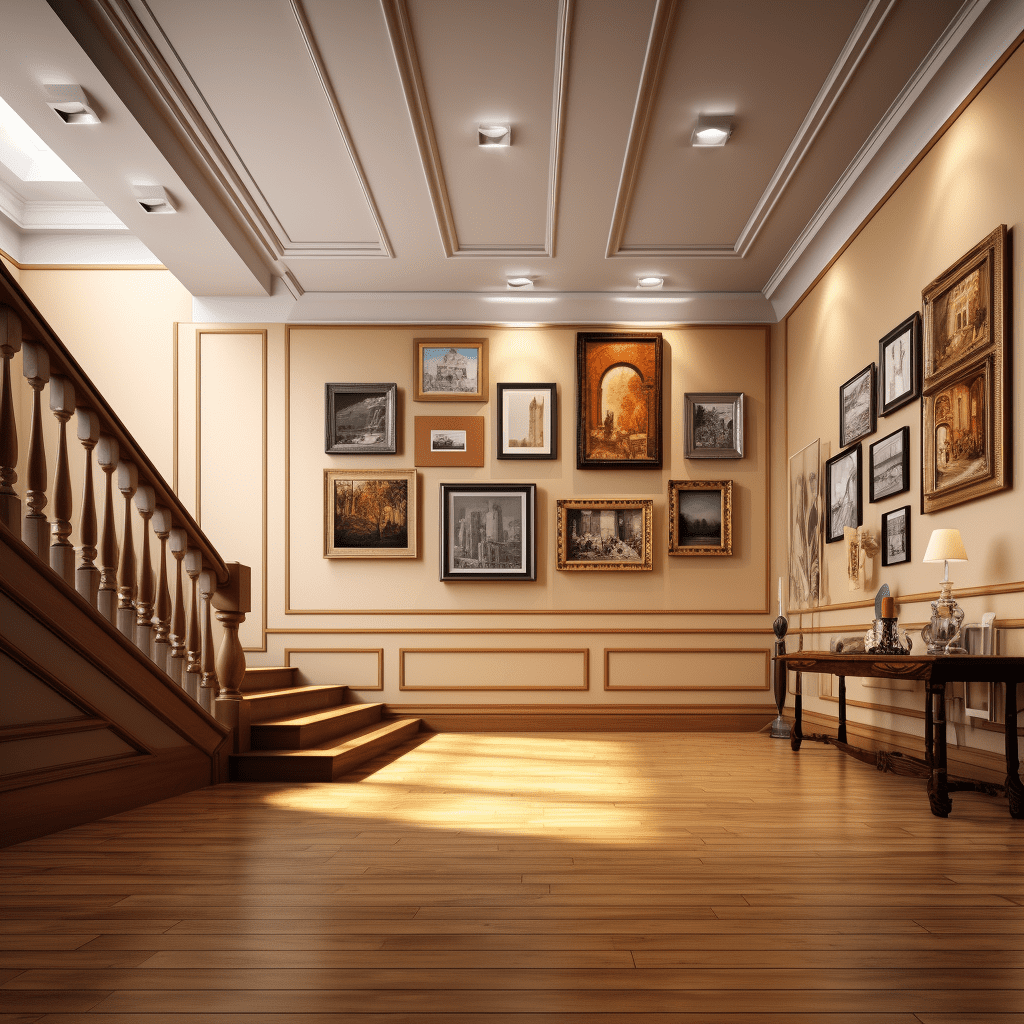Enhancing Your Interior Design with the Power of Lines


Enhancing Your Interior Design with the Power of Lines
When it comes to interior design, every element plays a crucial role in creating a cohesive and visually appealing space. One often overlooked aspect is the use of lines. Lines can have a significant impact on the overall aesthetic and atmosphere of a room. In this article, we will explore the importance of lines in interior design and how they can be utilized to enhance your living space.
Why Lines Matter in Interior Design
Lines are fundamental elements of design that can influence the way we perceive a room. They can create a sense of movement, define boundaries, and establish focal points. Whether they are vertical, horizontal, diagonal, or curved, lines have the power to transform the look and feel of a space. By understanding how different types of lines can affect the overall design, you can make informed choices that support your desired aesthetic.
The Different Types of Lines
- Vertical Lines: Vertical lines draw the eye upwards, creating an illusion of height. They can make a room feel more expansive and elegant.
- Horizontal Lines: Horizontal lines have a grounding effect, creating a sense of stability and tranquility. They can make a room appear wider or longer.
- Diagonal Lines: Diagonal lines add energy and movement to a space. They bring a sense of dynamism and visual interest.
- Curved Lines: Curved lines soften the overall look of a room and create a sense of flow and harmony. They can add a touch of elegance and grace.
- Straight Lines: Straight lines are clean and minimalistic, offering a sense of structure and order. They can create a sense of simplicity and sophistication.
- Organic Lines: Organic lines, inspired by nature, have a fluid and irregular appearance. They can add warmth and a sense of comfort to a space.
Using Lines to Create Balance and Harmony
Lines can be used strategically to create a sense of balance and harmony in a room. By incorporating a mix of vertical, horizontal, and diagonal lines, you can achieve visual equilibrium. For example, if you have a room with high ceilings, you can use vertical lines to emphasize the height and maintain balance by incorporating horizontal lines at eye level. The key is to find the right balance based on the size and proportions of the room.
Lines as Focal Points
Lines can also be utilized as focal points in interior design. By using bold and prominent lines, you can draw attention to specific areas or architectural features. For instance, a large floor-to-ceiling window can become a focal point by adding curtains or blinds with strong vertical lines. Similarly, a feature wall with a striking geometric pattern can catch the eye and become a statement piece in the room.
Creating Depth with Lines
Lines can be instrumental in creating an illusion of depth in interior design. By using converging lines, you can make a space appear more spacious and three-dimensional. One popular technique is to incorporate a rug with diagonal lines that lead towards a focal point or combine different types of lines in artwork or furniture arrangements. These creative uses of lines can make a room feel larger and more inviting.
FAQ
Q: Can I mix different types of lines in one room?
A: Absolutely! Combining different types of lines can add visual interest and depth to a room. Just make sure the lines complement each other and create a sense of harmony.
Q: Are there any rules about using lines in small spaces?
A: While there are no strict rules, it is generally recommended to use more vertical and diagonal lines in small spaces to create the illusion of height and movement. Avoid excessive horizontal lines, as they might make the space feel more cramped.
Q: What are some common mistakes to avoid when using lines in interior design?
A: One common mistake is using too many lines that compete with each other, resulting in a cluttered and chaotic look. It’s important to maintain balance and consider the proportions of the room. Additionally, be mindful of selecting lines that align with the overall style and theme of the space.
Q: How can I incorporate lines into my existing design without major renovations?
A: There are numerous ways to incorporate lines into your existing design without major renovations. Consider using accessories, such as rugs, curtains, artwork, and furniture with prominent lines. Additionally, you can experiment with paint or wallpaper to introduce lines on walls or ceilings.
Q: Can lines be used in any interior design style?
A: Yes, lines can be used in any interior design style. The key is to choose lines that align with the overall aesthetic. For example, clean and straight lines may suit a modern or minimalist style, while more organic or curved lines may work well in a bohemian or traditional setting.
Q: Are lines only limited to visual enhancements, or do they serve any functional purpose?
A: Lines primarily contribute to the visual aspects of interior design, but they can also serve functional purposes. For instance, lines can help define traffic flow and guide the movement within a space. They can also delineate different functional areas, such as separating cooking and dining areas in an open-plan kitchen.
Incorporating lines into your interior design can elevate the overall look and feel of your living space. By understanding the impact of various types of lines and how to use them strategically, you can create a harmonious and visually captivating environment. So go ahead, explore the power of lines and transform your home into a haven of style and sophistication.





